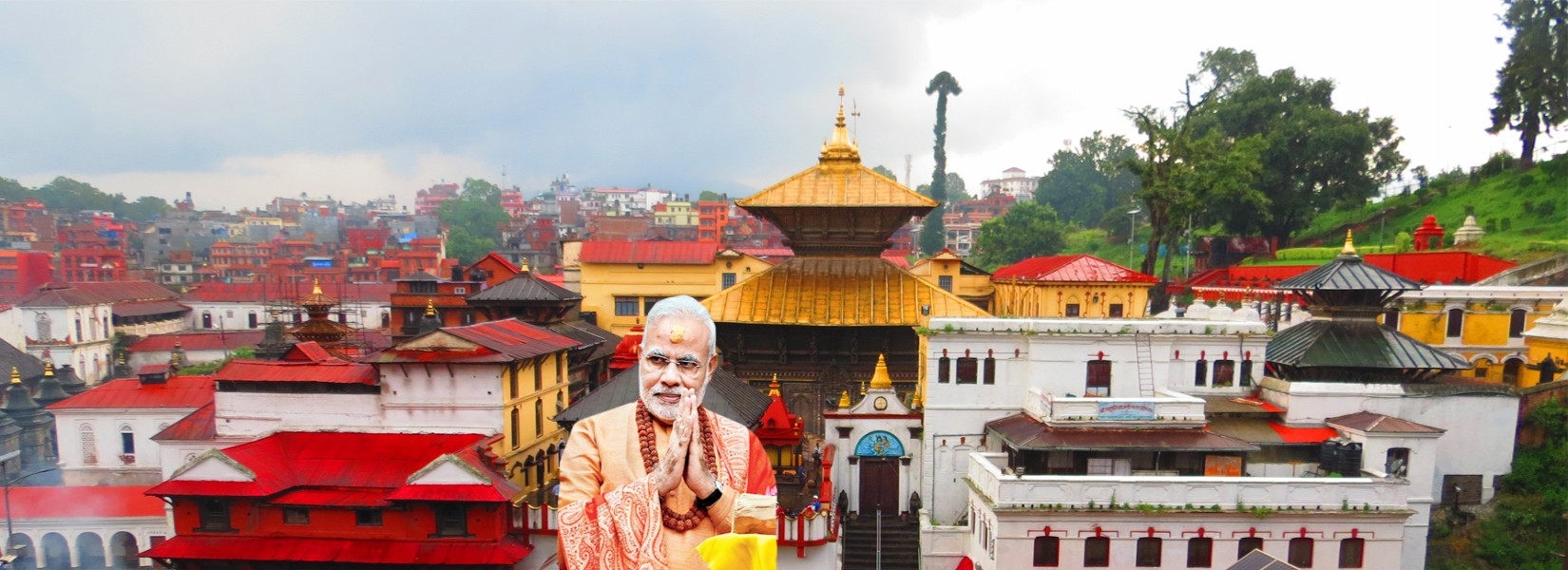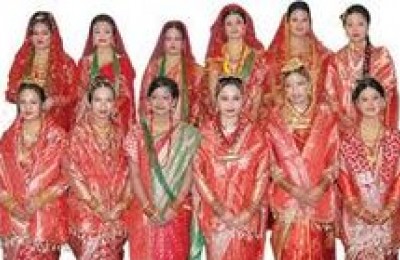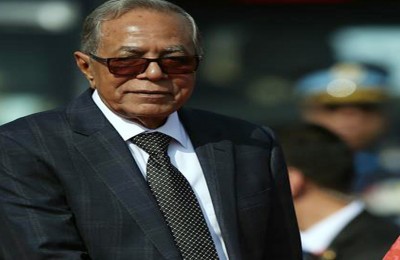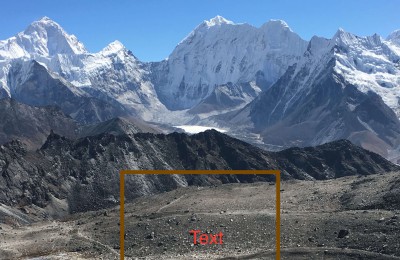Pashupatinath is the most holy place of hindu & Buddhist pilgrimage site in Nepal. It is home to Pashupati who is one of the principle forms of shiva, Pashu means life while Pati means master, so Pashupatinath is the entire living beings and source of eternal bliss and peace.
Shiva has multiple name and form. The one preferred by Nepal is Mahadev, great god. In his primordial aspect as Pashupatinath Lord of cattle. Shiva is the paramount god of Nepal, beneficient power adored with flower and other precious substance. As Bhairab he is an omnipresent and ferocious god to be placated with blood sacrifice.
The Pashupatinath temple as well as the "Pashupat Chhetra" or the area stretching around the Pashupatinath Temple is s center of faith and devotion for all follower of Hinduism and Buddhism and researcher. The Pashupat Chhetra is occupied by a 264 hectare area; encompassing around 492 temple, sprouts, shrines, etc of various architectural origins and over 1000 shiva lingas. It is the oldest of all religious places in the Kathmandu valley, making it an open musum of ancient artwork, sculpture and shrines.
It is open 5:30 am to 8:00pm. You might visited Pashupatinath mumerous time. Some of you might be planning visit, but might be unsure about the right procedure to follow.
Especially on full moons and on Shivaratri, this process is believed to grant a lot of blessings. On full moon days, performing worhips from dawn till dusk is believed to create a live presence of lord shiva himself.
Today Pashupatinath is a large complex of temples, Shrines bathing areas, cremations site and ghats. Mysterious and colorful wandering holymen known as Sadhus are often found staying here. The temple, steps and forest areas are filled with monkeys with a few deer too.
The Pashupatinath temple is stands a lyothirlinga (believed to self appeared) the like of which is not found existent any where else in the world. It has set a shinning example of religious harmony. It is a phallic idol the symbol of Pashupatinath which has four images carved in it's four sides. In fornt of temple is kept a colossal image of gold guilt bull seated with composure on the four legs and with it's eyes fixed on Lord Pashupatinath inside. It is represent in Hindu scriputure that the bull is carrier of Lord Shiva.
According to the Skandapurana, Shiva and his spouse Parvati had once been staying in an untrodden forest enjoying free time. In the absence of Lord in Kailash mount, the other gods search they found him form of an antelope. They caught up to him though and by traying to capture him broke horn into 3 pices. One of the pieces soared in to the sky and the second piece dived tinto the earth and the third that remained in their grip the gods took away with them. They later placed the horn piece on a mount at Gokarna as a sign of the Lord. Ages after, however, and came flying to settle permanently at the spot where the jyothirlinga today stands.The divine horn pice remained buried for ages until it was unearthed by a cowherd in the form of the Jyothirlinga, It is said a cow used to spill some milk from her udders overs a particular spot before she returned home after days grazing.
One day he and his men went to the spot and dug a pit and found to their awe, a fiery phallus lying deep down later, they installed a linga on the spot.
There is no record actual date when the temple of lord Paashupatinath was first build. It is recorded that it was rebuilt and provided with a golden roof by King Shiva Deva III around 1120 AD. It possibly got it's present shape under king Jayasthiti Malla in the late 14 th century. After the establishment of Pashupati Area Development Trust (PADT) the master plan of the trust has been carried out and also the maintenance and repairs have been taken care of.
Vedic performance and Tantric rituals are associated with the worship of Pashupatinath. He is regarded as the Supreme self who delivers humans from worldy affliction Lord Pashupatinath is generally worshipped as the deity with five faces traditional paintings portray him in human god with his left palm holding a forest with a deer in the middle. The first symbolizes the plant kingdom and the deer, the animal world deeper study of the portrait will reval to a discerning mind that Lord Pashupatinath is the great conserver of bio-ecolgy in nature.
The Nepalase people also have a tradition of worshipping Pashupatinath as the Buddha. Rituals that take place particularly on Gurupurinma ( the fullmoon day in the month of July). On Which teacher are honoured and worshipped as equivalents of gods Lord Pahupatinath is the Supreme Guru, and so is Lord Buddha both of them teaching the value of love humanity and universal peace. The follower of Hinduism and Buddhism is believed that lord Pashupatinath holds the following five things. The first thing is Gangajala (water from river) with which his idol is bathed before worship. The second is Godugdha (cow milk) which is offer linga the third is the Bilva (wood apple, Aegle marmelos) leaves, which are offered loose or in wreath. The foruth is the Dhaturo (thorn apple) flowers or fruits. And the fifth is the Rudraksha (utrasum, Elaeocarpus spaericus) beads strung on yellow thread.
Every year Mahashivarrtri is celebrated with devotion enthusiasm and jubilation to the greatest day of Lord Shiva. It is the most important religious occasion to worship and pray. Mahashivartri is the great night celebration lion fire. There are many other days which are celebrated as occasions of great festivity at the Pashupatinath Temple one is Teej (in the month of August) which is celebration by women. The other is Balachaturdashi in the month of Novemer. It is the day on which men and women track along a fixed track, scattering uncooked food grains over it for the departed souls for their eternal peace of their family member who passed away early that year.
Shiva and Family
In one mythology Shiva has a wife and two sons. His spouse and personified energy is Devi, the Great Goddess who also has many forms and names. She is Uma when enthroned with Shiva, who is then named Maheshvara, the Great Lord. Image of the enthroned pair are therefore known as Uma- Maheshvara. One of their children is the popular rloy-poly, elepphant-headed god Ganesha the maker and remove of obstacles, the other is Karttikeya commander of the divine army.
Double headed Drum (Damaru). Exhibited by many gods, the drum is a primary attribute of shiva. It symbolize fundamental creative force. Because of it's hour-glass shape resembling two triangle joined at their apexes the drum also symbolizes the male and female principle.
Hand-held water pot (Kamandlu) The jar of an ascetic or a yogi physically it contains the sacred water. Trident (trisula) The primay emblem of Shiva. It has multiple meaning among which are a weapon used against evil; a magic:magic force and representation of the three cosmic function of the god as creator, destroyer and preserver.
Crescent moon (chandrabimba) the crescent moon when offined to the piled up, matted locks favored by yogis normally signifies shiva.



